Discover 15 of China's most representative landmark attractions, covering historical sites, natural wonders, and cultural landmarks to experience the magnificent charm of Chinese civilization
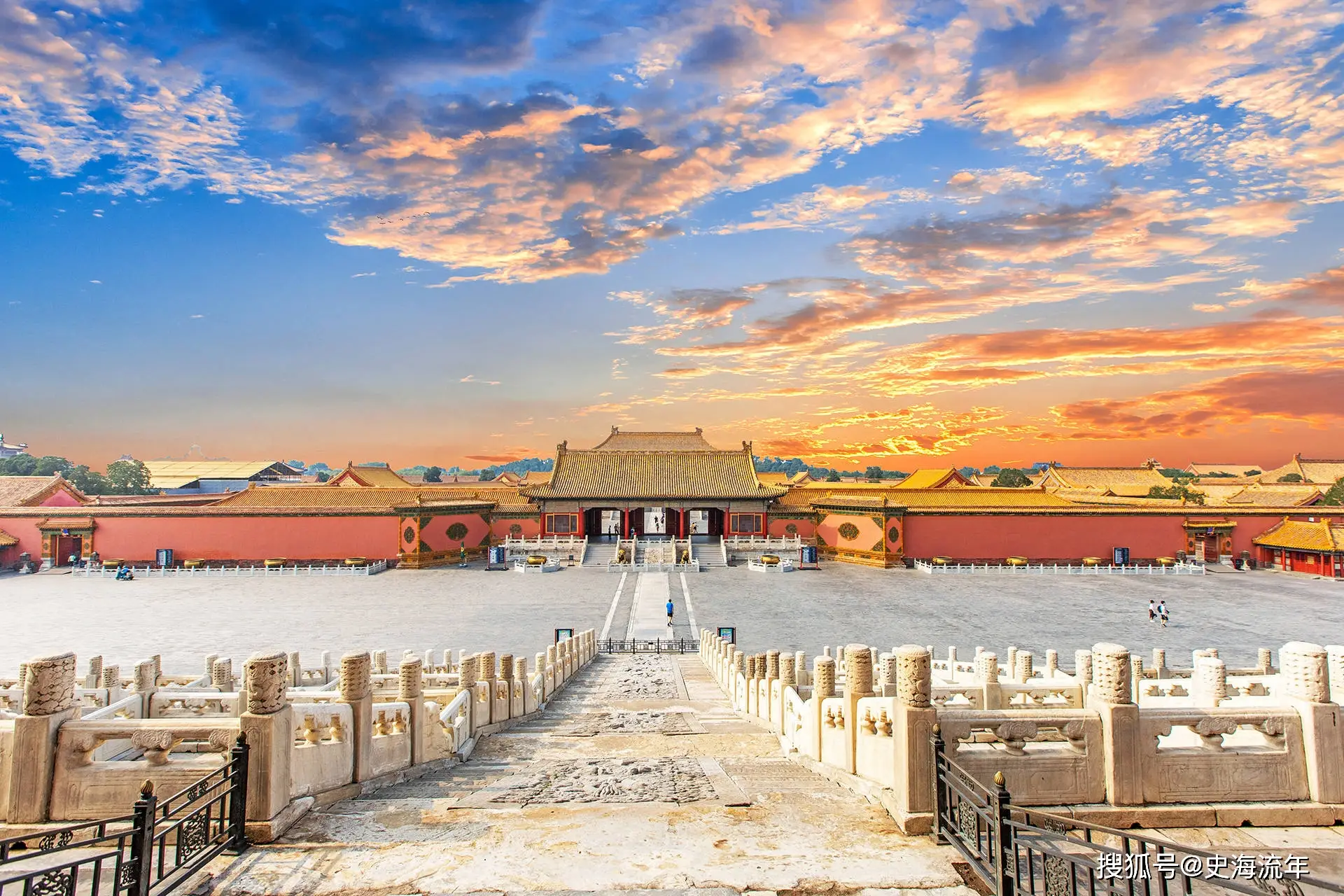
The imperial palace of the Ming and Qing dynasties, formerly known as the Forbidden City, featuring over 70 palaces and 9,000 rooms. It is one of the largest and best-preserved wooden structures in the world.
One of the best-preserved and most representative sections of the Ming Dynasty Great Wall, standing at an altitude of 1,015 meters with walls 7.8 meters high and 5 meters wide at the top, offering spectacular views of the Great Wall.
Known as the Eighth Wonder of the World, discovered east of Qin Shi Huang's Mausoleum, containing nearly 8,000 life-sized terracotta soldiers, horses, and chariots, representing the pinnacle of ancient Chinese military art.
Features over 3,000 quartz sandstone peaks, with the highest reaching 1,262 meters. Filming location for "Avatar's" "Hallelujah Mountains," a World Natural Heritage site famous for its peak forests, canyons, and streams.
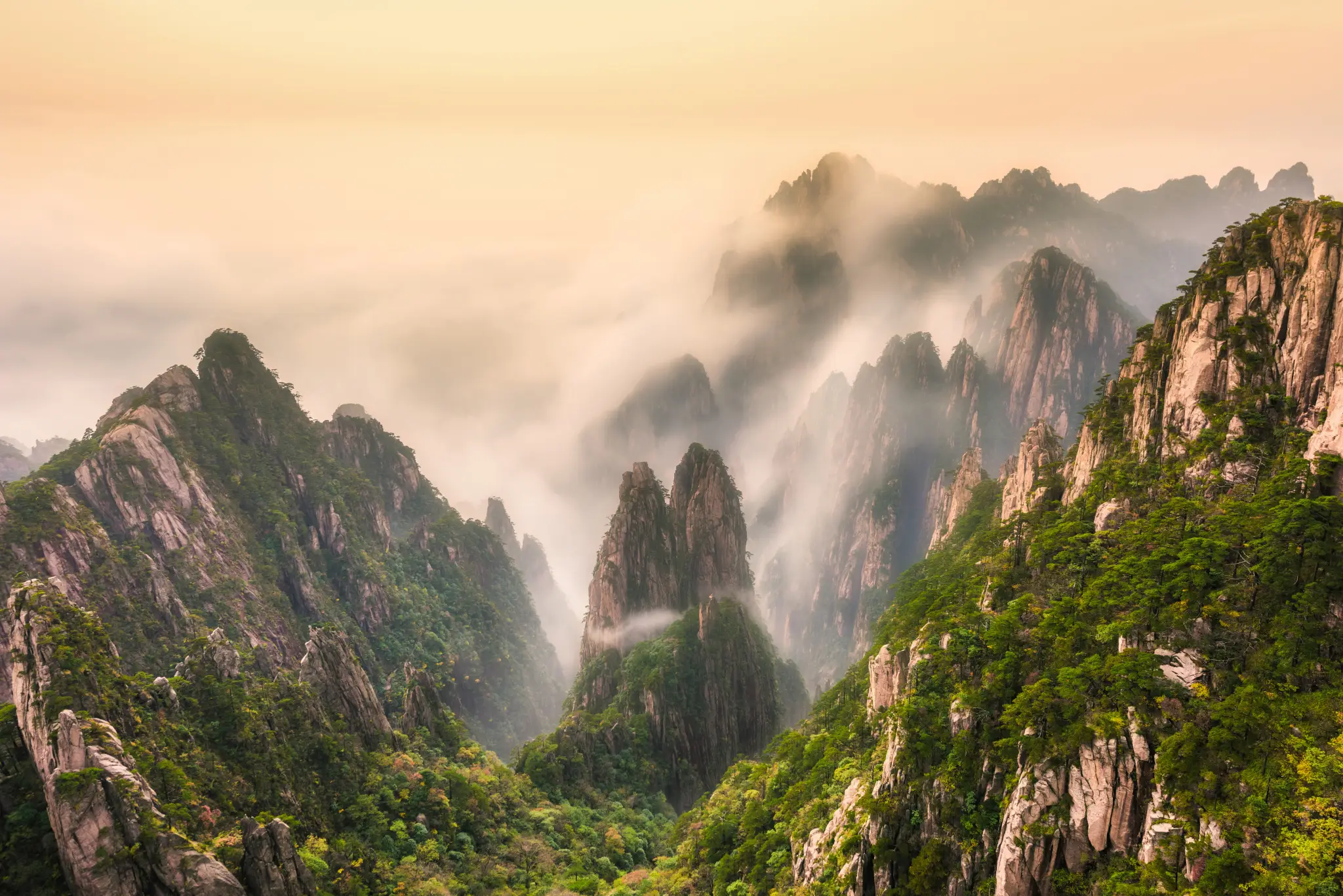
Known as the "Fossil of Huizhou Culture," these well-preserved ancient villages from the Ming and Qing dynasties are renowned for their unique Huizhou architectural style, exquisite craftsmanship, and profound cultural heritage.
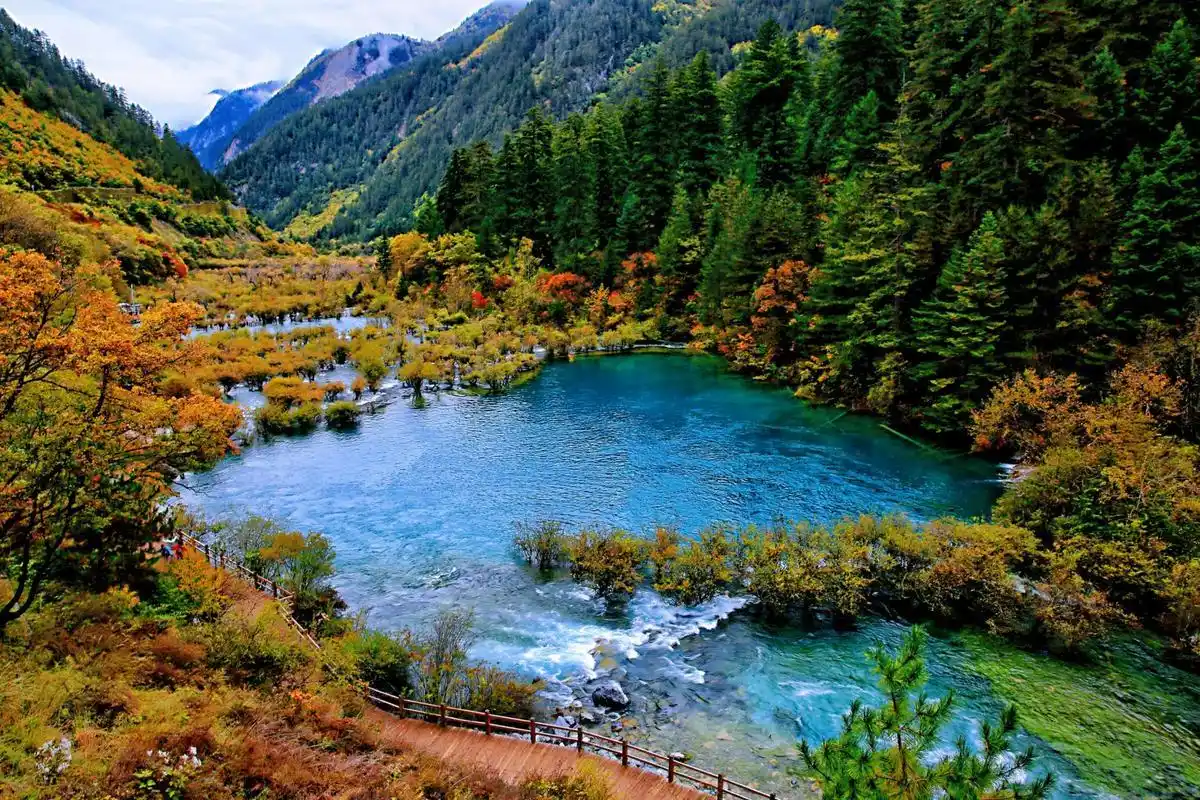
Known for its travertine shoals, alpine lakes, and waterfalls, with lake waters displaying various colors including blue, green, and turquoise. Often called a "Fairy Tale World" and designated as a World Natural Heritage site.
Surrounded by mountains on three sides and the city on one side, featuring the Ten Scenes including "Broken Bridge with Remnant Snow" and "Leifeng Pagoda in Evening Glow." Poet Su Shi praised it as "Comparable to Xizi (a famous beauty), equally charming in plain or gaudy attire." Designated as a World Cultural Heritage site.
The pinnacle of classical Chinese gardens, centered around water with exquisitely arranged pavilions, terraces, and towers, embodying the garden philosophy of "changing scenery with every step." The Humble Administrator's Garden is the largest and best-preserved among them.
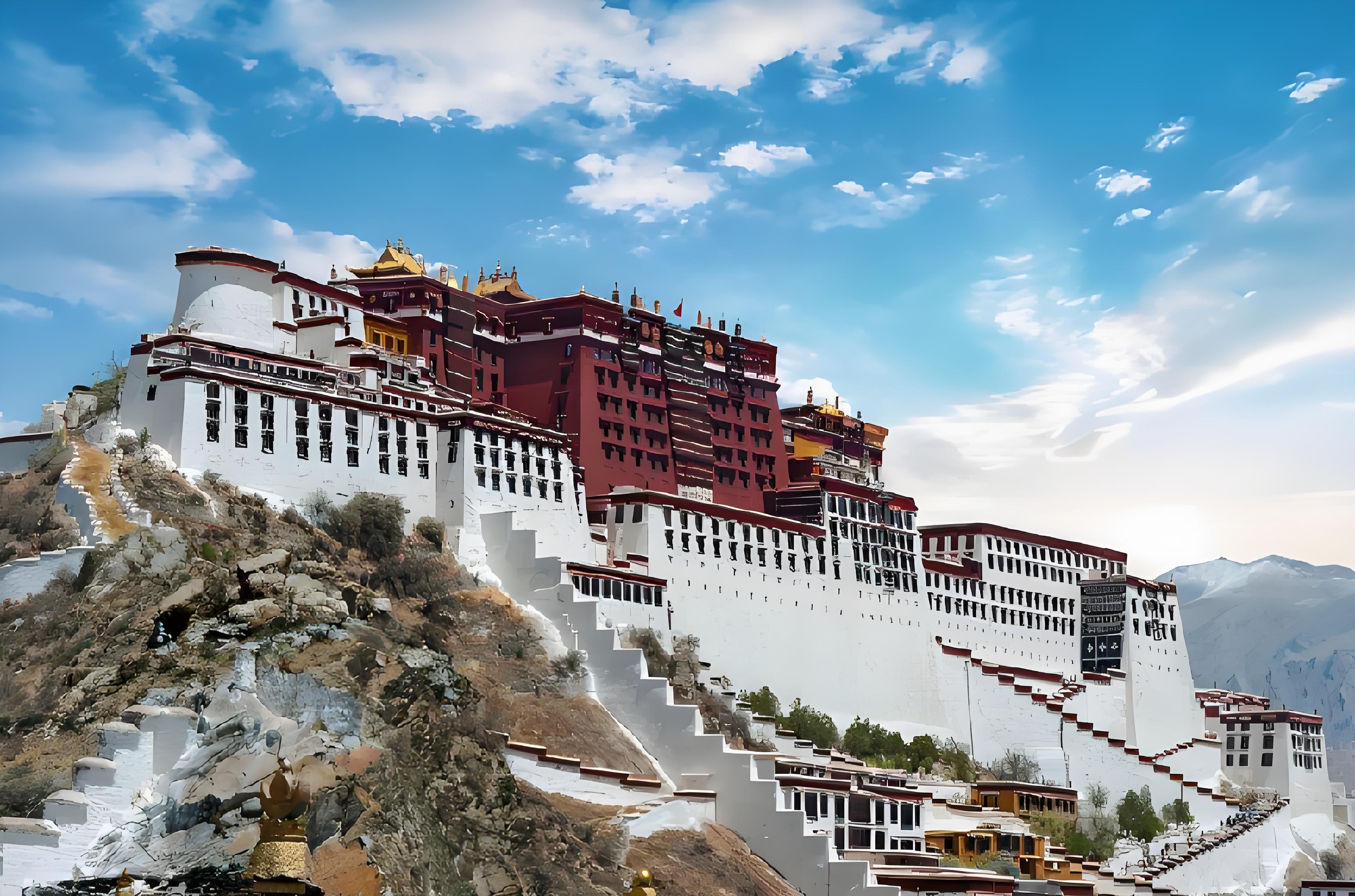
The world's highest palace complex (3,700 meters above sea level), built in the 7th century, combining palace, temple, and fortress functions. A masterpiece of Tibetan architectural art and a World Cultural Heritage site.
A traditional Naxi ethnic residential complex centered around Sifang Street, with streets laid out radially along the mountains and rivers. The stone-paved roads and small bridges over flowing water create a unique landscape. Designated as a World Cultural Heritage site.
The core area of "Guilin's landscapes are the finest under heaven," featuring beautiful karst peaks along both sides of the Li River. Rafting down the river allows visitors to enjoy famous landscapes like "Nine Horse Fresco Hill" and "Yellow Cloth Reflection."
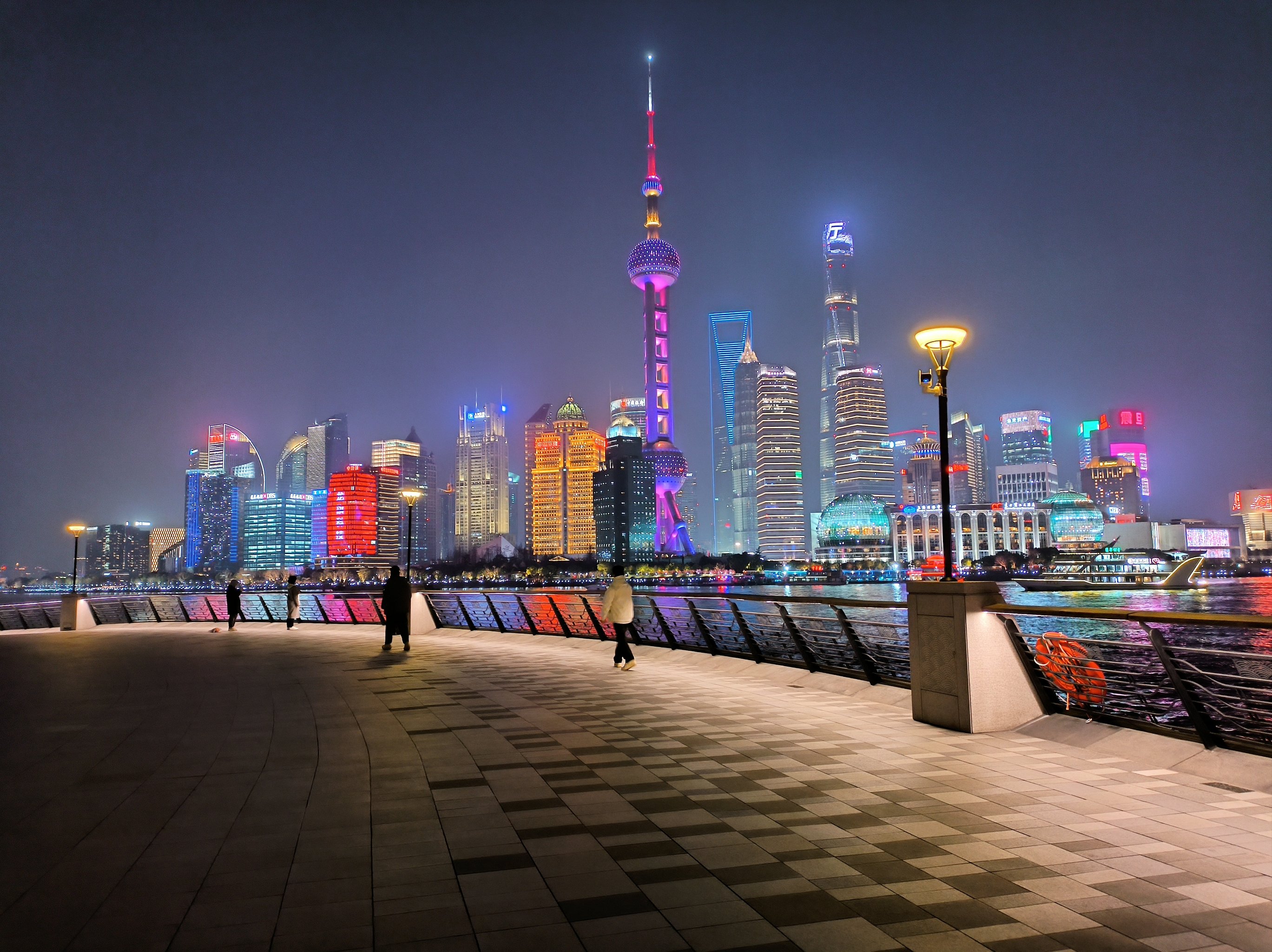
The "Exhibition of World Architecture" along the Huangpu River, featuring 52 buildings of various modern styles from Gothic to Baroque, is a historical witness to Shanghai's urban development.
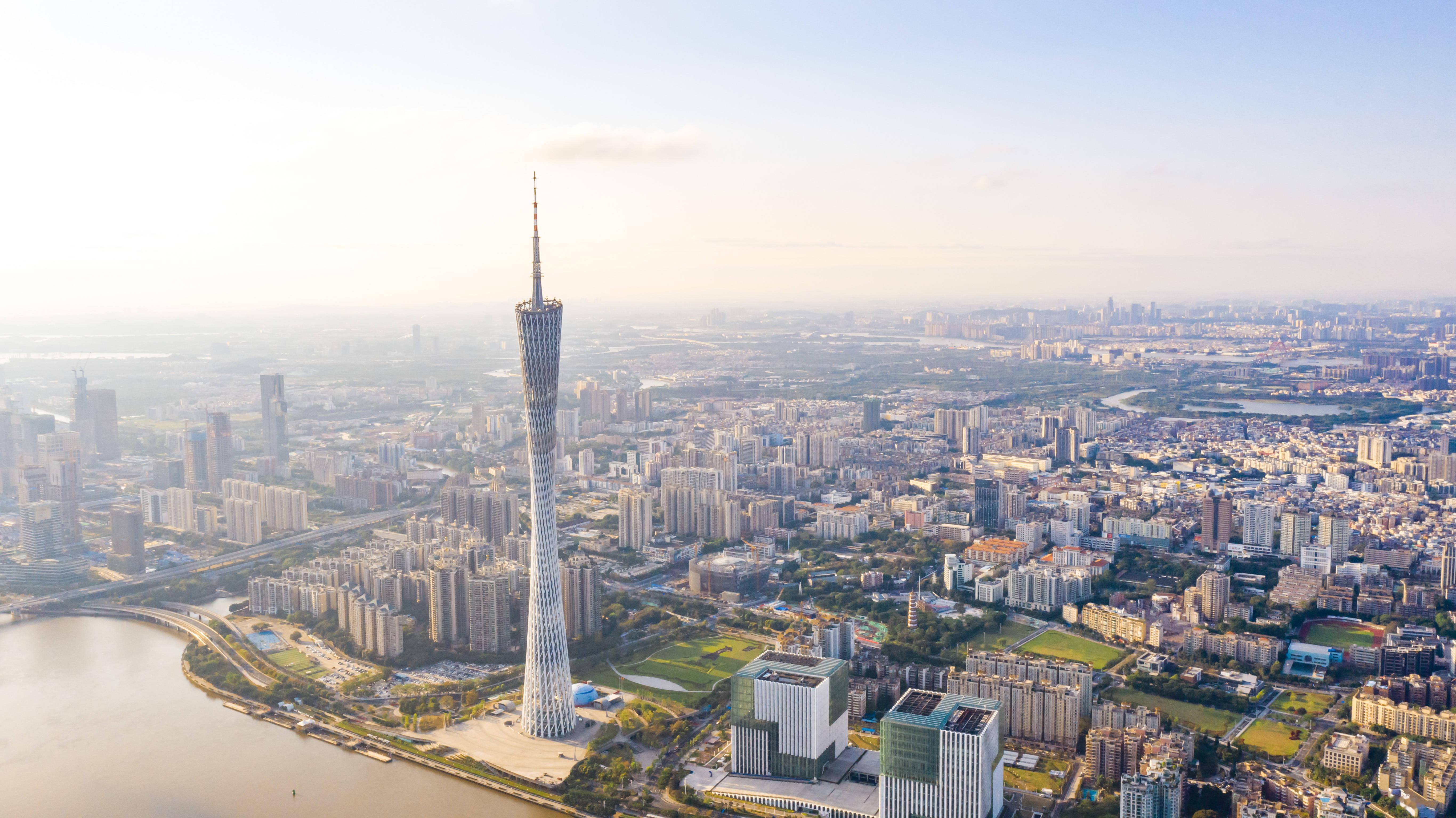
China's tallest tower at 600 meters, featuring the unique "waistline" design that has become an iconic landmark of Guangzhou. The tower has an observation wheel and extreme speed attractions, offering 360° panoramic views of the city.
The world's largest giant panda research and breeding facility, home to over 80 giant pandas. Visitors can observe pandas eating, playing, and climbing trees up close, making it a popular destination for family tours.
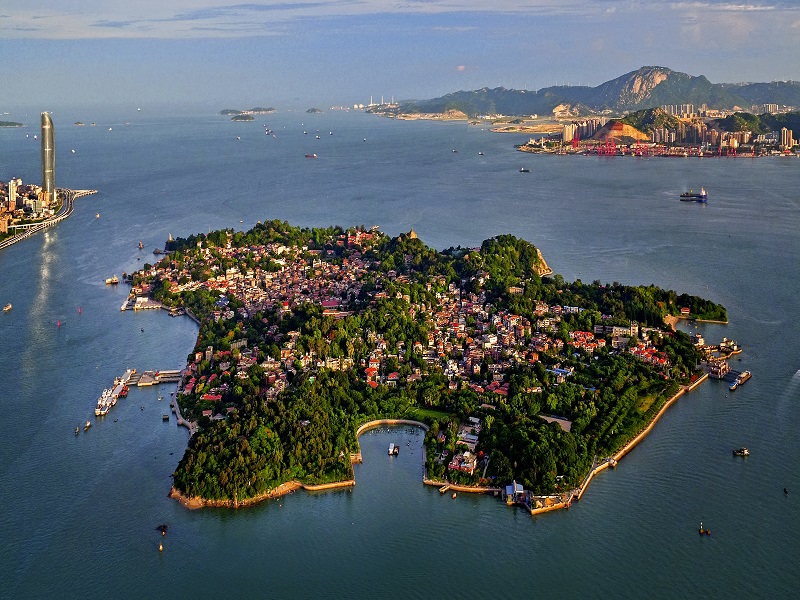
A small island surrounded by sea, preserving numerous Western-style buildings from the 19th century that blend with traditional Southern Fujian houses. Known as the "Piano Island" and "Sea Garden," it's a UNESCO World Cultural Heritage site.